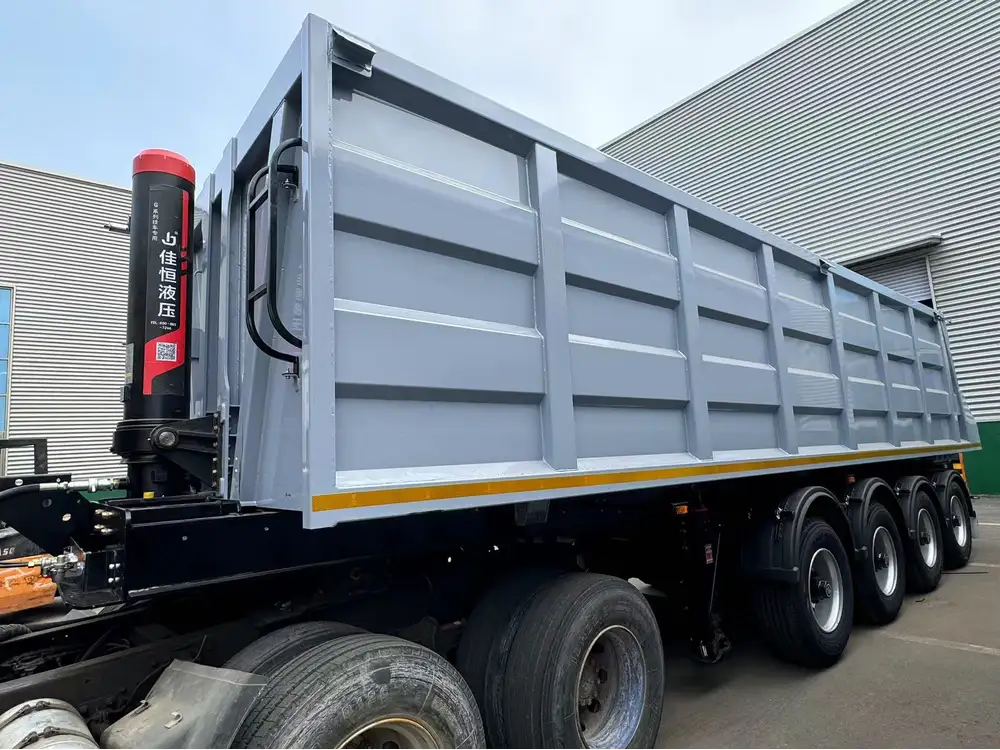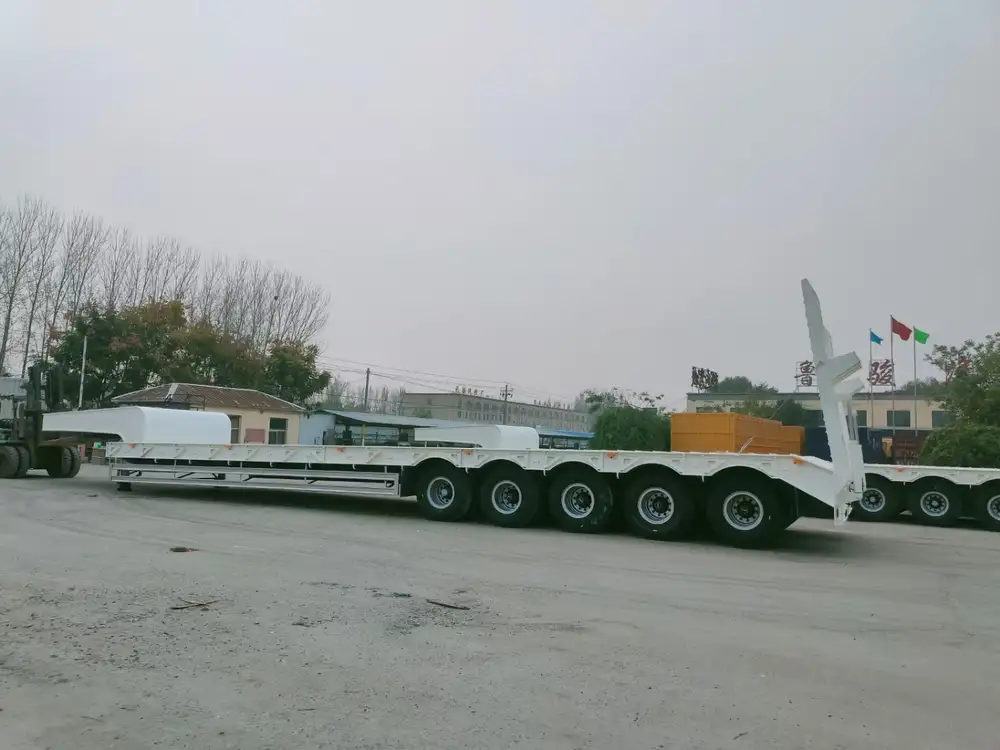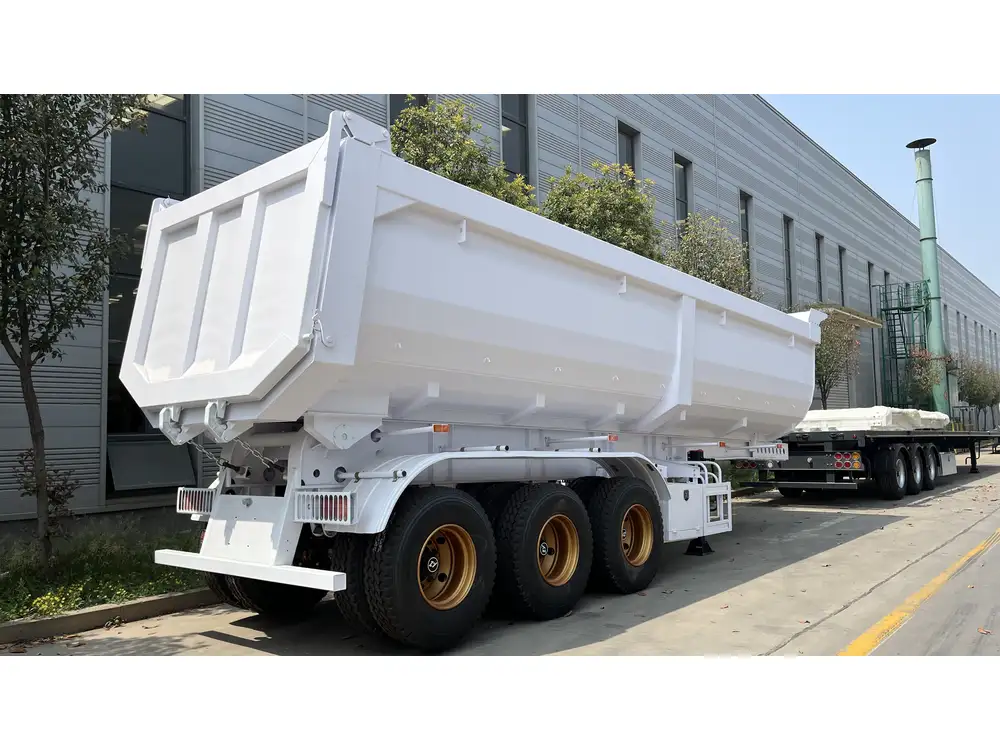When managing logistics and transportation, understanding the specifics of flatbed trailers, especially regarding overhang, is crucial. Overhang refers to the portion of a load that extends beyond the ends or sides of a trailer, which can pose safety risks and regulatory concerns. In this article, we delve deeply into how much overhang you can have on a flatbed trailer, providing detailed insights on regulations, safe practices, and industry standards.
The Importance of Overhang Regulations
Transportation safety is paramount. Overhanging loads can affect the stability of a vehicle, impair visibility for other road users, and increase the risk of accidents. Moreover, exceeding legal overhang limits can lead to fines, violations, and damage to your reputation. Understanding regulated limits for overhang is essential for every fleet operator.
Types of Overhang
Overhang is typically classified into two categories:
- Front Overhang: The portion extending beyond the front of the trailer.
- Rear Overhang: The length that protrudes beyond the rear of the trailer.

Legal Overhang Limits
Federal Standards: In the United States, the Federal Motor Carrier Safety Administration (FMCSA) sets regulations that govern overhang. According to FMCSA guidelines:
- Maximum front overhang is usually limited to 3 feet.
- Maximum rear overhang can extend up to 4 feet beyond the rear axle of the trailer.
| Type of Overhang | Maximum Allowed Length |
|---|---|
| Front Overhang | 3 feet |
| Rear Overhang | 4 feet |
State Regulations: Individual states may have additional or differing restrictions. It’s vital to consult state laws and regulations, as they can vary significantly from federal guidelines. Some states permit greater overhang for specific types of cargo — notably, agricultural and logging products.
Safety Considerations
Load Distribution: An improperly balanced load can affect the trailer’s control. Ensuring even distribution minimizes risks, including tipping or swaying.
Visibility: Ensuring that your load does not obstruct the truck driver’s visibility is critical. Excessive front overhang can blind the driver to oncoming vehicles or pedestrians.
Road Conditions: Depending on road conditions, such as potholes or uneven surfaces, excessive overhang may increase the likelihood of damage to the load or trailer.
Signalling: If your load exceeds standard lengths, employing additional signals such as flags and lights is necessary to alert other drivers to potential hazards.
How to Measure Overhang Properly
To determine if your load meets legal overhang requirements:
Measure from the front of the trailer (including any attachments) where it connects to the rear axle. Document this length.
For rear overhang, measure from the end of the trailer to the furthest point of your load.
Compare measurements with the legal limits to ensure compliance.

Special Conditions and Waivers
In certain circumstances, organizations can seek special permits for increased overhang, especially for specific industries such as construction or transportation of oversized loads. Obtaining these permits often involves demonstrating the need for additional space and outlining safety measures the operator will implement.
Overhang by Load Type
It’s essential to consider how different types of loads may impact overhang regulations:
Construction Materials: Loads like steel beams or lumber can often exceed standard limits when properly secured and flagged.
Machinery Transport: Oversized equipment may necessitate specialized trailers to accommodate secure transport while adhering to state regulations.
Recreational Vehicles: RVs and trailers designed for personal use may have distinct classifications and requirements that differ from commercial standards.
| Load Type | Potential Overhang | Comments |
|---|---|---|
| Construction Materials | Up to 12 feet | Requires proper securing and state permits |
| Machinery Transport | Permits may allow more | Special trailers often required |
| Recreational Vehicles | Standard limits apply | Must comply with legal restrictions |
Impact of Overhang on Fuel Efficiency
A significant overhang can disrupt aerodynamic flow around the trailer, leading to increased drag. Understanding the relationship between trailer design, load placement, and fuel consumption is crucial. A well-balanced load not only ensures compliance but can also enhance overall fuel efficiency.

Best Practices for Managing Overhang
Choose the Right Trailer: Depending on load type and anticipated overhang, select a flatbed trailer designed for oversized or specific loads. Specialized trailers can provide better stability and compliance.
Utilize Technology: GPS and load management systems can aid in optimizing load placement, ensuring you stay within safety and legal bounds.
Training and Education: Ensure that drivers and logistics staff receive comprehensive training on load management, safety guidelines, and legal regulations.
Conclusion
Understanding how much overhang you can safely have on a flatbed trailer is more than a technicality; it is a cornerstone of safe and efficient transportation. Staying informed about federal and state regulations, adhering to best practices, and understanding load dynamics will help mitigate risks associated with transportation.
By judiciously selecting trailers based on load type and leveraging technology for monitoring, manufacturers and transport companies can optimize their operations while ensuring compliance with legal standards. Keeping these factors in mind will contribute to a safer and more efficient transportation network.



